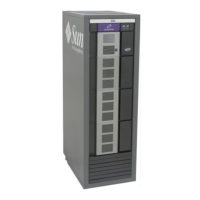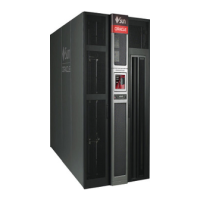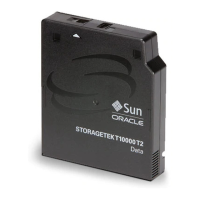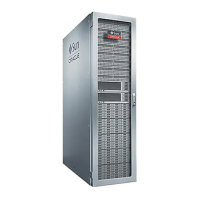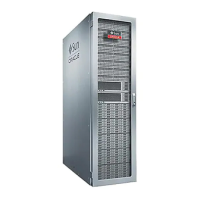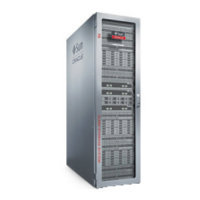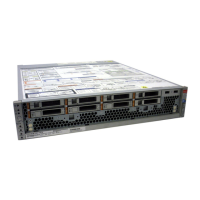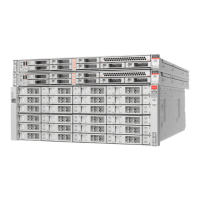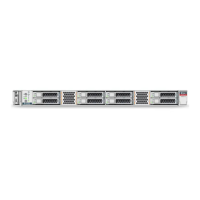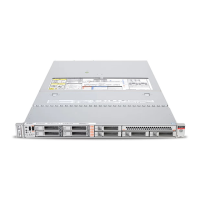Positive Pressur ization and Ventilation
Controlling Contaminants B-7
Any air being introduced into the computer room controlled zone, for ventilation or
positive pressurization, should first pass through high efficiency filtration. Ideally,
filter air from sources outside the building using High Efficiency Particulate Air
(HEPA) filtration rated at 99.97% efficiency (DOP Efficiency MILSTD-282) or greater.
Protect the expensive high efficiency filters by multiple layers of pre-filters that are
changed on a more frequent basis. Low-grade pre-filters, 20% ASHRAE atmospheric
dust-spot efficiency, should be the primary line of defense. The next filter bank should
consist of pleated or bag type filters with efficiencies between 60% and 80% ASHRAE
atmospheric dust-spot efficiency.
Low efficiency filters are almost totally ineffective at removing sub-micron particulates
from the air. It is also important that the filters used are properly sized for the air
handlers. Gaps around the filter panels can allow air to bypass the filter as it passes
through the air conditioner. Fill any gaps or openings using appropriate materials,
such as stainless steel panels or custom filter assemblies.
Positive Pressurization and Ventilation
A designed introduction of air from outside the computer room system will be
necessary to accommodate positive pressurization and ventilation requirements. The
data center should be designed to achieve positive pressurization in relation to more
loosely controlled surrounding areas. Positive pressurization of the more sensitive
areas is an effective means of controlling contaminant infiltration through any minor
breaches in the room perimeter. Positive pressure systems are designed to apply
outward air forces to doorways and other access points within the data processing
center to minimize contaminant infiltration of the computer room. Only a minimal
amount of air should be introduced into the controlled environment. In data centers
with multiple rooms, the most sensitive areas should be the most highly pressurized. It
is, however, extremely important that the air being used to positively pressurize the
room does not adversely affect the environmental conditions in the room. It is essential
that any air introduction from outside the computer room is adequately filtered and
conditioned to ensure that it is within acceptable parameters. These parameters can be
looser than the goal conditions for the room since the air introduction should be
minimal. A precise determination of acceptable limits should be based on the amount
of air being introduced and the potential impact on the environment of the data center.
Because a closed-loop, re-circulating air conditioning system is used in most data
centers, it will be necessary to introduce a minimal amount of air to meet the
ventilation requirements of the room occupants. Data center areas normally have a
very low human population density; thus the air required for ventilation will be
minimal. In most cases, the air needed to achieve positive pressurization will likely
exceed that needed to accommodate the room occupants. Normally, outside air
quantities of less than 5% make-up air should be sufficient (ASHRAE Handbook:
ASHRAE 52-76 Dust spot
efficiency
Fractional Efficiencies %
3.0 micron 1.0 micron 0.3 micron
25-30% 80 20 <5
60-65% 93 50 20
80-85% 99 90 50
90% >99 92 60
DOP 95 -- >99 95
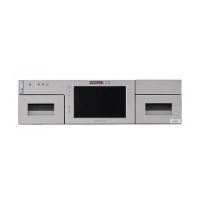
